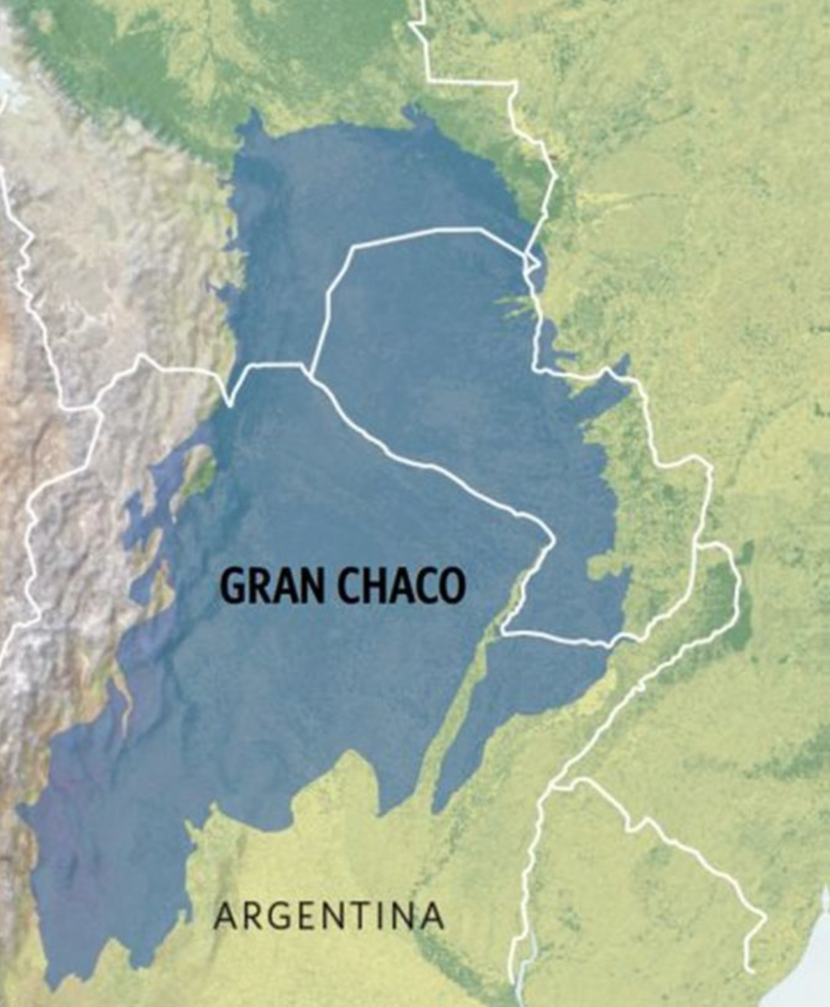This impact story was originally published here.
In the Gran Chaco, the implementation of the European Union’s Deforestation-Free Product Regulation (EUDR) is especially challenging for small holders who risk being segregated from high value markets. As they often trade informally and barely have access to finance, will hardly be able to comply with the EUDR. This matters as the incorporation of sustainable practices, new technologies in the production chain and smallholders social capital could contribute not only to economic sustainability in the region but equally important, to the preservation and restoration of native forests.
Solidaridad, the Embassy of the Netherlands (LAN Office Cono Sur) and Tropical Forest Alliance are working together in a town called Morillo in the dry Gran Chaco. This area is characterized by its dry environment and water deficiency throughout the year. There, concrete steps are being developed to balancing economic progress with environmental conservation and smallholder integration. By having key stakeholders work together in an interdisciplinary way various aspects of sustainable development are dealt with at once.

Since 2022 a group of 250 families of small livestock producers are being worked with to improve their living conditions through the implementation of a regenerative production model as well as the deliberate integration of trees and grazing livestock operations on the same land. Thereby intensively managing both forest products and forage, providing both short- and long-term income sources. This is done by improving their productivity indicators (such more calves per cow, or more kg per ha) as well as by strengthening the beef value chain (such as moving from informal to formal market, certification of production as well as better pricing) for both the local market as well as the export. As a result, the smallholder farmers transition from a fragile income production model to a sustainable one while at the same time restoring 120,000 hectares of native forest.
This year the project scaled up to cover 400 small producers with the aim of restoring over 200,000 hectares of degraded land. Specific attention is being placed on governance with the aim to replicate to create ecological corridors in the future. The Dutch diamond model (local authorities, producers, NGOs, research agencies and private sector) is helping to develop a future type of integrated landscape management (aiming at 600.000 ha) with a high level of governmental involvement.
Additionally environmental services are being tested with the aim to improve the producer´s livelihoods even more. The thinking is that by monetizing ecosystem services, such as CO2 capture, additional income for families could be created while at the same time contributing to the regeneration and conservation of forests.
The approach of this pilot in Morillo aligns closely with conservation initiatives and deforestation reduction efforts of EUDR. The strategic approach of creating synergies between regenerative livestock and landscape biodiversity protection is at the core of the sustainable future being built in Morillo. Adding to this the monetizing of ecosystem services the comprehensive strategy to preserve and restore native forests is complete.
If you’re interested or looking to get in depth information about these initiatives or the work done in the region by the Agricultural Office, do not hesitate to contact us: BUE-LNV@minbuza.nl!
